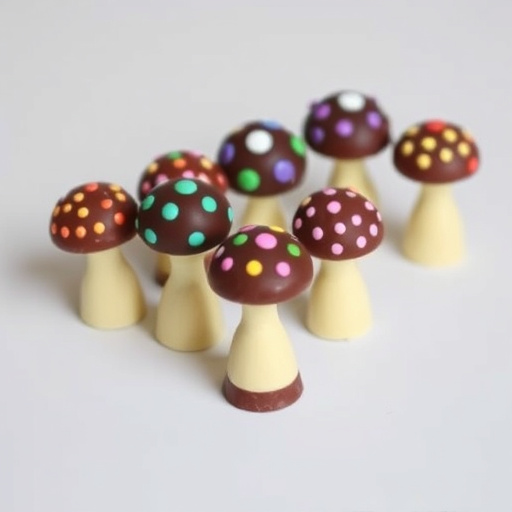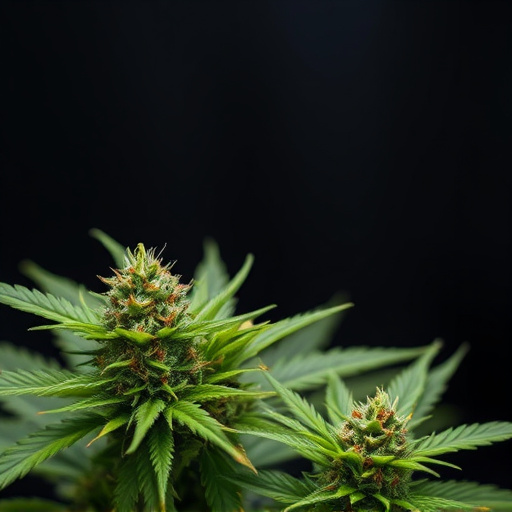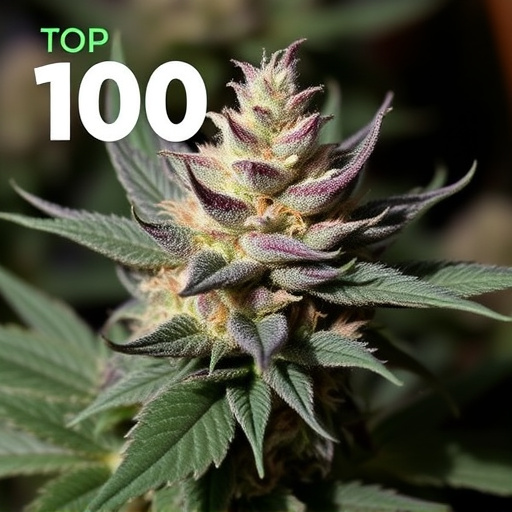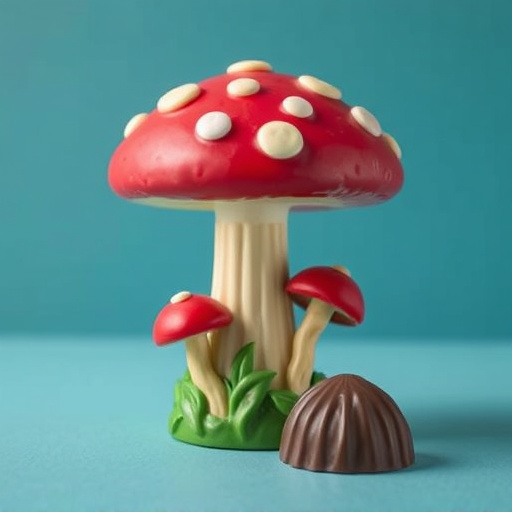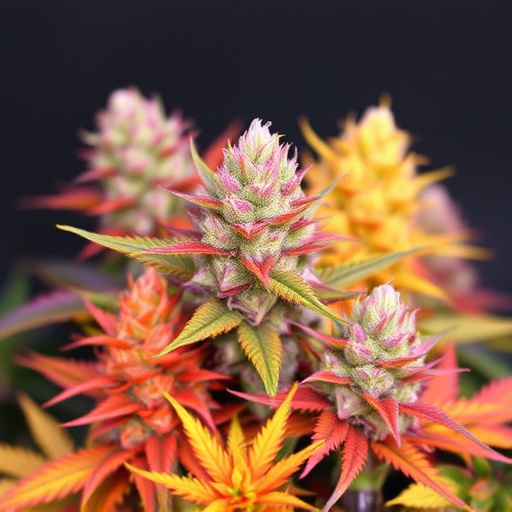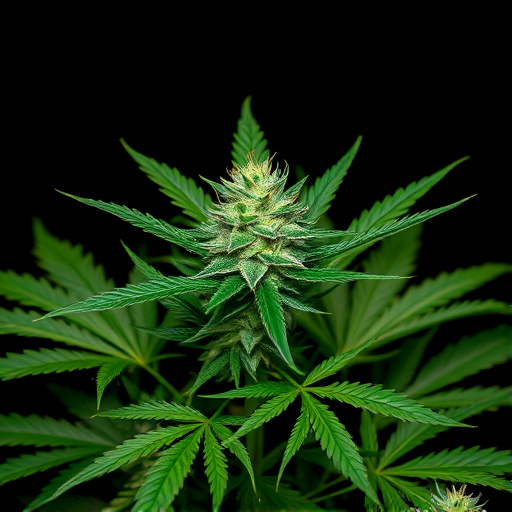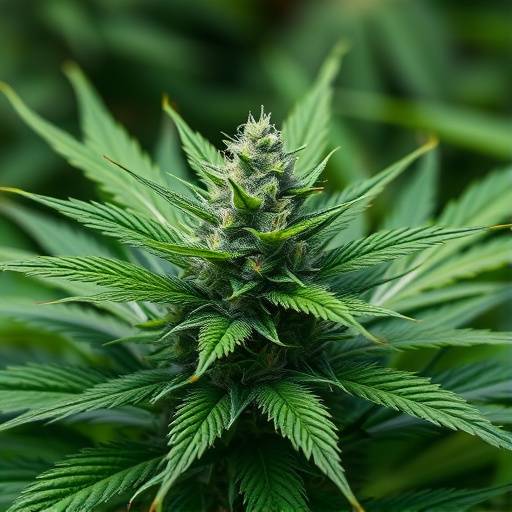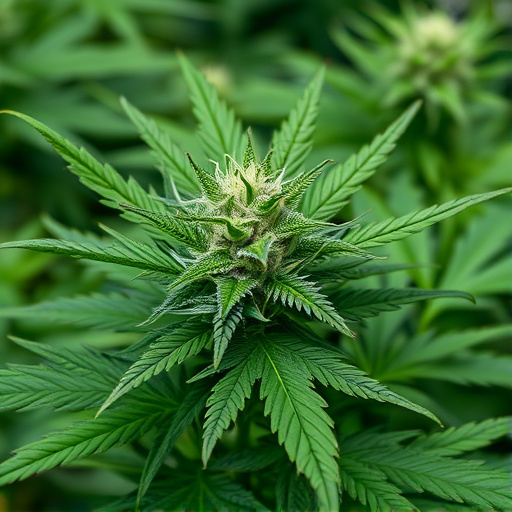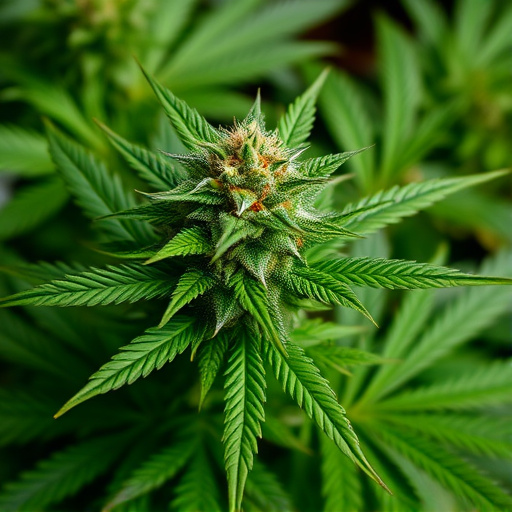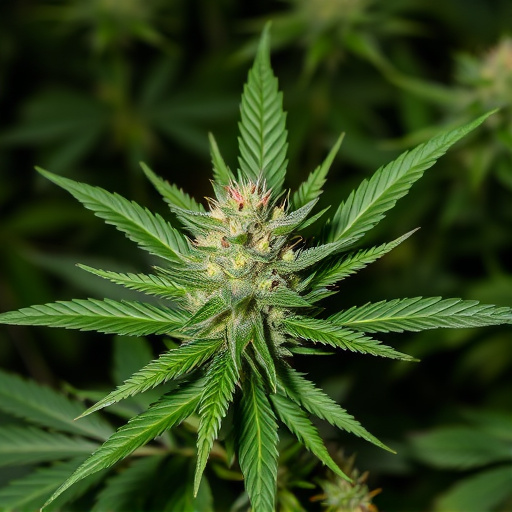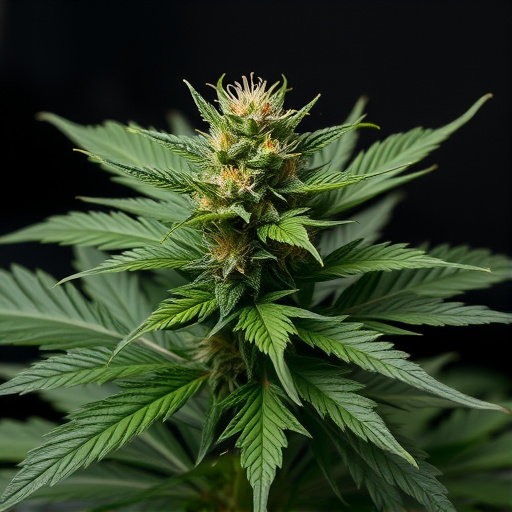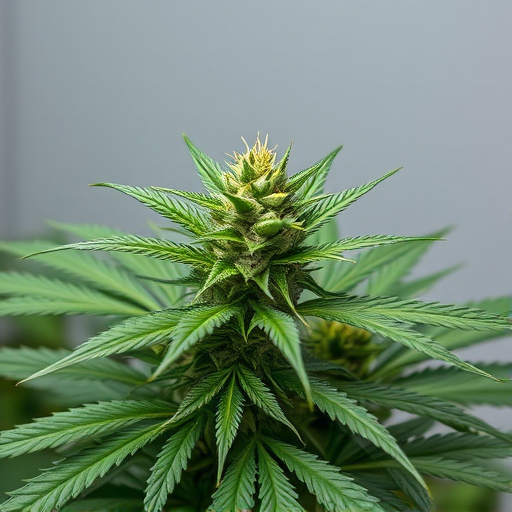Cannabis interacts with the body's endocannabinoid system, influencing mood, memory, appetite, and pain. Cannabis sativa, rich in THC, binds to brain CB1 receptors, causing euphoria but potentially anxiety in new users. Cannabis indica, higher in CBD, doesn't directly bind to CB1 receptors, instead modulating THC effects and offering relaxation and stress relief. Emotional responses vary widely based on strain composition, ratios, personal experience, and tolerance. Understanding plant chemistry and individual differences is crucial for navigating cannabis's complex impact on mood.
Cannabis flower’s impact on mood and emotions is a captivating subject, especially with the growing interest in its therapeutic potential. This article explores how different strains, particularly Cannabis Sativa and Cannabis Indica, influence our emotional state through their interaction with the endocannabinoid system. We’ll delve into the science behind these compounds and understand why some strains may evoke feelings of euphoria or relaxation. By considering individual variations, we can navigate the complex relationship between cannabis consumption and emotional responses.
- Understanding Cannabis Compounds and Their Interaction with the Endocannabinoid System
- The Mood-Enhancing Properties of Cannabis Sativa vs. Indica Strains
- Individual Variations and Factors Influencing Emotional Response to Cannabis Consumption
Understanding Cannabis Compounds and Their Interaction with the Endocannabinoid System
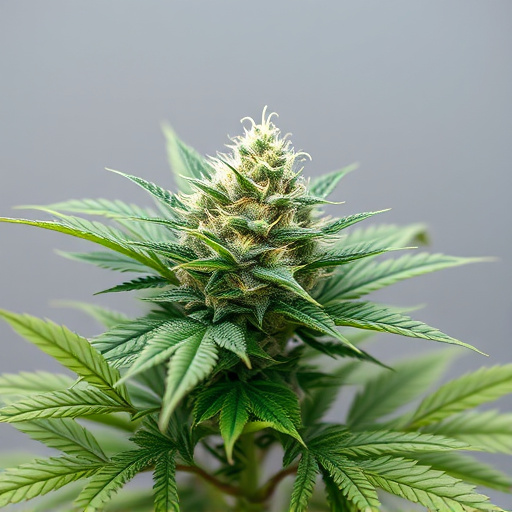
Cannabis, often referred to as marijuana, contains a complex mix of chemical compounds known as cannabinoids, with two primary ones being THC (tetrahydrocannabinol) and CBD (cannabidiol). These cannabinoids interact with our bodies’ endocannabinoid system (ECS), which plays a significant role in regulating mood, memory, appetite, and pain perception. The ECS is made up of endocannabinoids produced by the body, receptors located throughout various organs, and enzymes that break down endocannabinoids once they’ve served their purpose.
THC, found predominantly in cannabis sativa strains, binds to CB1 receptors in the brain, leading to feelings of euphoria, heightened senses, and altered perception—the classic “high” associated with marijuana use. On the other hand, CBD, more commonly found in cannabis indica strains, doesn’t bind directly to CB1 receptors but instead interacts with other parts of the ECS. This interaction can modulate the effects of THC while offering potential therapeutic benefits, including anxiety reduction and improved sleep, making it a popular ingredient in many CBD products.
The Mood-Enhancing Properties of Cannabis Sativa vs. Indica Strains
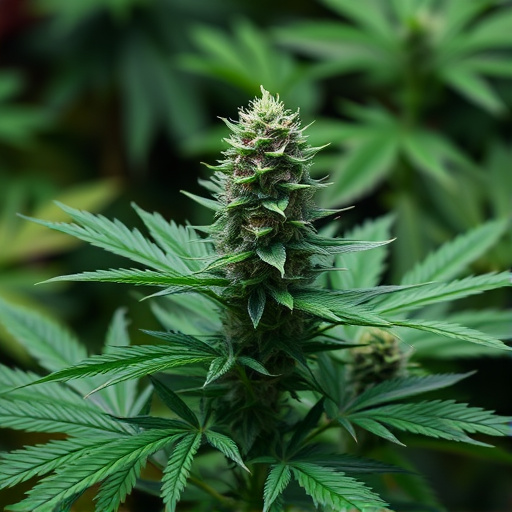
Cannabis has long been recognized for its potential to influence mood and emotions, with varying effects depending on the strain. The most well-known distinction lies between cannabis sativa and cannabis indica. Sativa strains are renowned for their uplifting and energizing properties, often described as “heady.” They tend to enhance creativity, improve focus, and evoke feelings of euphoria and happiness. This is attributed to the higher levels of tetrahydrocannabinol (THC), the primary psychoactive compound known for its mood-altering effects.
In contrast, indica strains are popular for their calming and relaxing properties. They are often sought after for their ability to alleviate stress, anxiety, and promote restful sleep. Indica contains higher levels of cannabidiol (CBD), which has been linked to its soothing effects on the mind and body. This makes it a preferred choice for those seeking relief from mental health issues or physical discomfort, creating a sense of tranquility and well-being rather than an energetic high.
Individual Variations and Factors Influencing Emotional Response to Cannabis Consumption
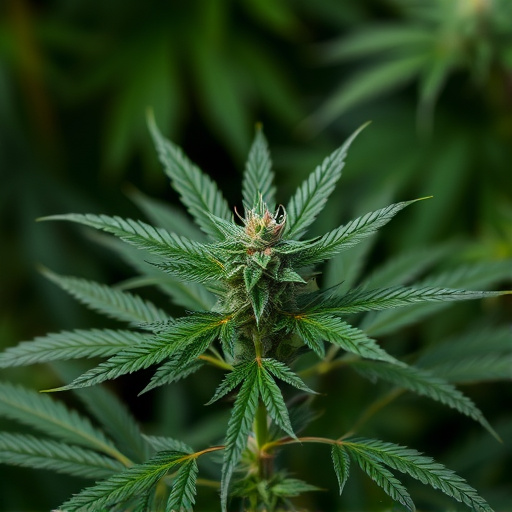
The emotional response to cannabis consumption can vary significantly from person to person, highlighting complex interactions between individual factors and the compounds within the plant. While some individuals may experience elevated mood and increased feelings of relaxation after consuming cannabis, others might encounter heightened anxiety or even paranoia. These discrepancies aren’t merely due to the amount consumed but also to the specific strain, with Cannabis sativa and Cannabis indica offering distinct profiles in terms of THC (tetrahydrocannabinol) and CBD (cannabidiol) content. Indica strains, often associated with relaxation and sleepiness, tend to have higher CBD levels, which can counteract the more intense psychotropic effects of THC. In contrast, sativa varieties, known for their uplifting and energizing properties, typically possess a higher ratio of THC to CBD.
Various personal factors, including previous experience, mental health status, and environmental context, also play crucial roles in shaping emotional responses. Those new to cannabis may be more susceptible to adverse reactions, such as anxiety or panic, especially if consumed in high doses or through potent strains. Conversely, regular users might develop a tolerance, leading to diminished emotional effects or the desire for stronger doses to achieve desired outcomes. It’s important to recognize that the impact of cannabis on mood is multifaceted and requires an understanding of both the plant’s chemistry and individual differences.
Cannabis’ impact on mood and emotions is a complex interplay between its compounds, primarily THC and CBD, and the endocannabinoid system. While both cannabis sativa and indica strains offer potential therapeutic benefits for emotional well-being, they do so through distinct mechanisms. The choice between sativa and indica depends on individual variations in sensitivity and desired effects. Understanding these factors can help navigate the emotional response to cannabis consumption, ensuring a more personalized and beneficial experience.
